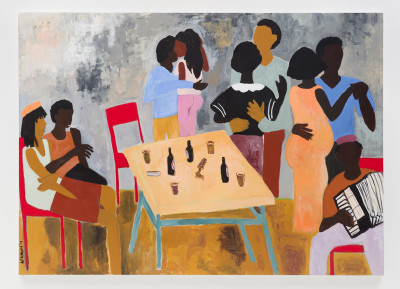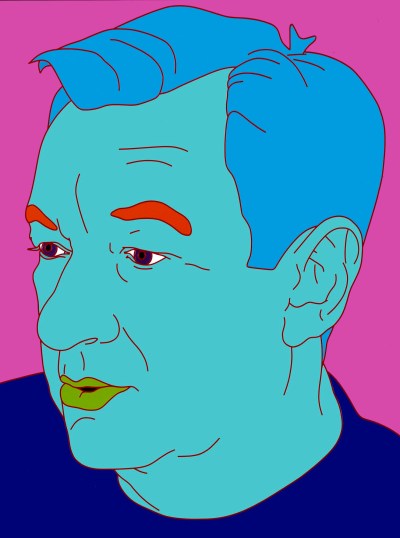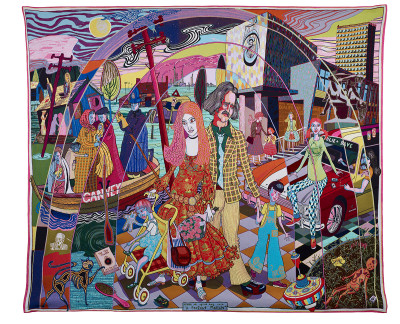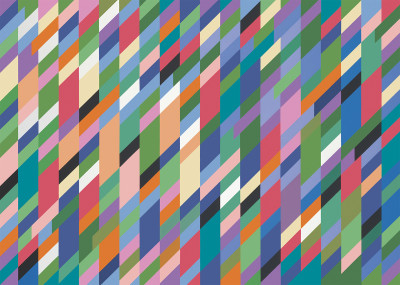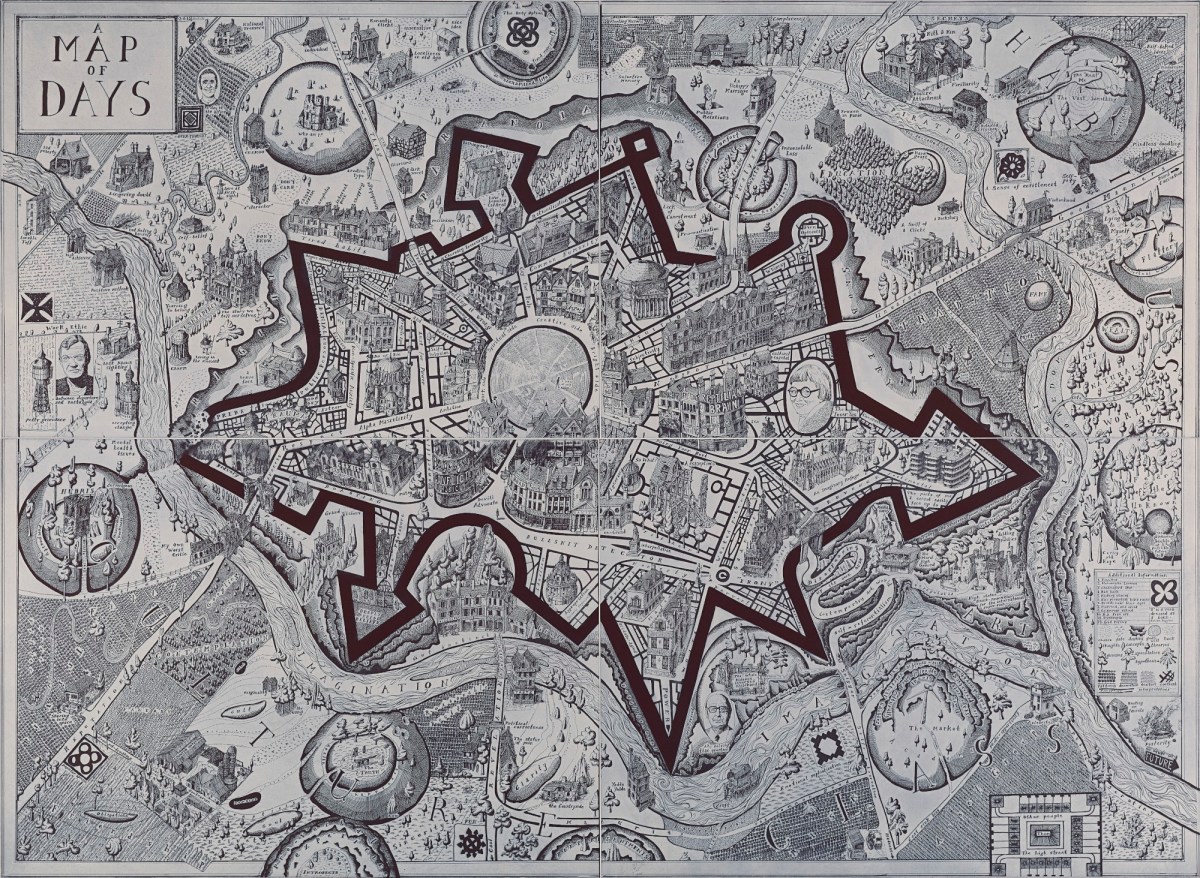
Sir Grayson Perry RA, A Map of Days, 2013.
Etching. 1090 mm x 1515 mm. © The Artist. © Photo: Royal Academy of Arts, London.
This image is released under Creative Commons CC-BY-NC-ND
To licence this image for commercial purposes, contact our Picture Library at picturelibrary@royalacademy.org.uk
A Map of Days, 2013
Sir Grayson Perry RA (b. 1960)
RA Collection: Art
Grayson Perry produced this print, and a tapestry, during his Channel 4 series Who Are You? He has described A Map of Days as a ‘self-portrait as a fortified town’. In this image he explores his own identity by mapping his interests, habits, psychological traits and even some of his medical history as well as important events in his life. Dates dotted around the image record the days when he worked on the print and highlight the human condition of being ‘trapped in time’. Perry’s map also features external influences and shared concerns including ‘Fear of the Unknown’ and ‘Doing your Best’.
While there is no depiction of the artist’s own face, four small portraits of other people are included. These depict the artist’s wife, psychotherapist Philippa Perry, Tour de France winner Bradley Wiggins, the poet Philip Larkin and the art critic Robert Hughes. Right in the centre, a tiny man in an empty circular space kicking a can around represents the artist’s ‘sense of self’. Perry felt that his more conventional self-portrait drawings were not very good likenesses but that AMap of Days ‘says a lot’ about him, adding that much of his work has autobiographical content ‘so it all contributes to a self-portrait of sorts’.
It was important for Perry to make A Map of Days large in scale because he considers his prints as important works in their own right and also so that people would ‘have to spend a long time with it to read all the detail’. In order to make the map as large as possible it was etched onto four plates which were then printed onto a single sheet to create the whole image. A striking silver frame adds to the work’s impact and was chosen by the artist. Perry writes ‘I like to frame very close to the image, I hate all that blank paper a lot of prints have around them it seems so precious. Printmaking is now a major part of my practice, I treat them as major stand alone works not a watered down version of ‘the real thing'.
Perry has a long-standing fascination for maps and has used the conventions of cartography in his work to chart imaginary lands and patterns of thought and emotion, a combination he finds ‘inherently humorous’. As a child, Perry made maps of his imaginary world and considers map-making as ‘symptomatic of our desire to make sense of the unpredictable and irrational in our lives’.
In creating A Map of Days, Perry tapped into a resonant mixture of literary and visual sources. The title comes from the line ‘Where can we live but days?’ in Philip Larkin’s poem Days, while the map is loosely inspired by a plan of the landscape described in John Bunyan’s 1678 novel The Pilgrim’s Progress. Perry replaced hazards like Bunyan’s ‘Slough of Despond’ and the ‘County of Coveting’ with his own place names including ‘Paralysed by Indecision’ and ‘Fear of the Unknown’.
Perry wanted A Map of Days to have a ‘spiky’ effect with a sense of the inner self being ‘defended’ from external influences and to create this visual effect he looked to Renaissance designs for fortified cities like those produced by the Venetian architect Vincenzo Scamozzi. Other visual sources he used include the book Lost London 1870-1945 by Phillip Davies (2009) which reproduces old photographs of Victorian and Edwardian London. Many of the buildings are shown covered in hoardings, signs and adverts which Perry incorporated into his etching.
Quotations from an unpublished interview with Grayson Perry (2019), Grayson Perry: Making Meaning exhibition catalogue, 2018 and a published interview ://cfileonline.org/clay-grayson-perry-map-days-victoria-art-gallery/ (2014)
Object details
1090 mm x 1515 mm
Start exploring the RA Collection
- Explore art works, paint-smeared palettes, scribbled letters and more...
- Artists and architects have run the RA for 250 years.
Our Collection is a record of them.
